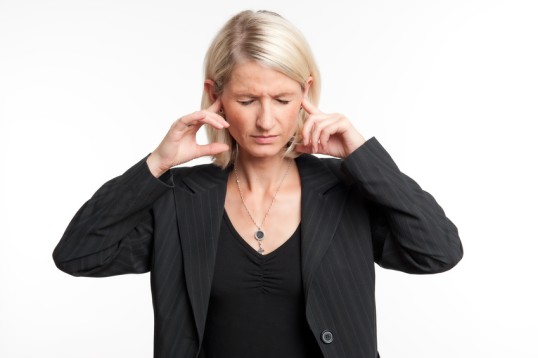Noise

Source: cschirra, fotolia
Noise is unwanted sound that causes a nuisance, disruption, impaired performance, specific accident hazards and harm to health. Behind this general definition lies a wide range of impacts that exposure to noise can have on humans, which are classified as either auditory or non-auditory effects.
Auditory effects of noise take the form of temporary hearing loss (also known as temporary threshold shift, TTS) or irreversible damage to hearing following long-term exposure to noise at high sound pressure levels (SPLs) or a single, intense impulse sound (e.g. a bang). The exposed person’s subjective perception has no bearing on the auditory effect of the noise.
The term "non-auditory" refers to all of the other effects of noise. Examples include impaired speech intelligibility, diminished concentration and physical reactions such as stress and cardiovascular problems. The non-auditory effects of noise are at least partly linked to the subjective perception of the exposed person.
Workplace noise assessments must cover both the auditory and non-auditory effects.
Besides the possible noise emissions from office equipment, telephone conversations and conversations between colleagues may place adverse stress upon other persons in the room at indoor workplaces. The noise of speech is to be reduced by screening and by attenuation of the sound reflection, for example on ceilings, walls and windows.
For download

Contact
Ergonomics, Physical environmental factors
Tel: +49 30 13001-3410Fax: +49 30 13001-38001
